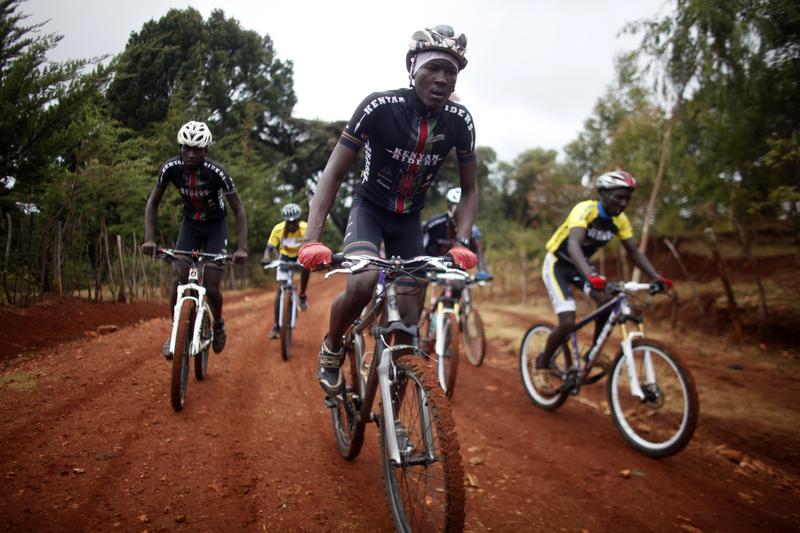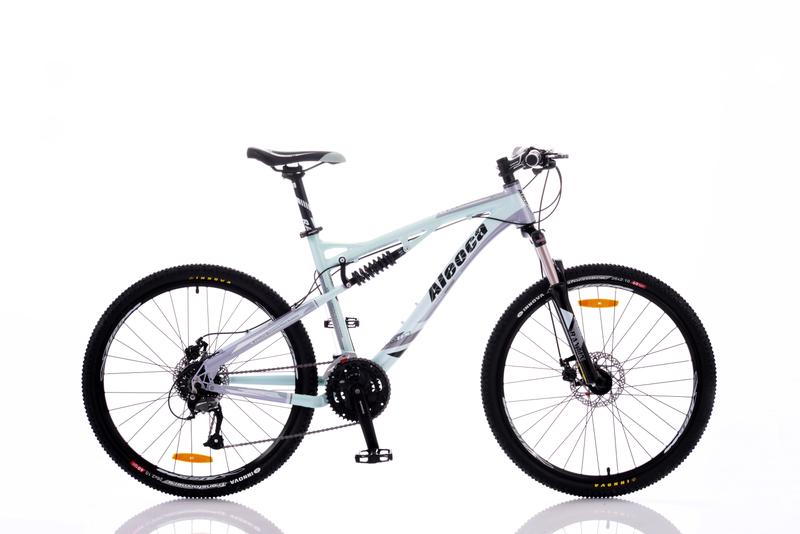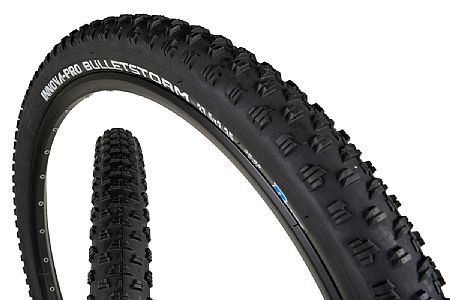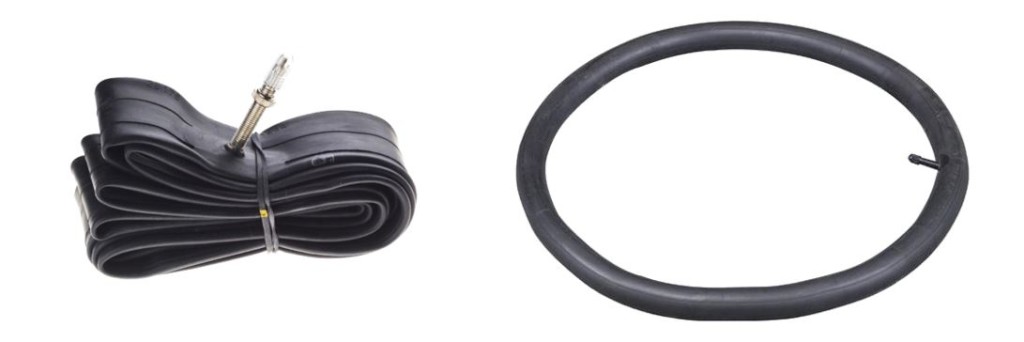 Forest trails, rocky gravel paths and even flights of stairs — off-road bikes allow for a large variety of places and obstacles to conquer. Mountain bike tires themselves are specifically designed for off road riding and have vastly different features compared to road tires. They have distinct raised knobs or “lugs” that are designed to dig into loose material and provide grip on different terrain.
Forest trails, rocky gravel paths and even flights of stairs — off-road bikes allow for a large variety of places and obstacles to conquer. Mountain bike tires themselves are specifically designed for off road riding and have vastly different features compared to road tires. They have distinct raised knobs or “lugs” that are designed to dig into loose material and provide grip on different terrain.
Mountain bike tires provide relatively low rolling resistance (on loose gravel roads), ample grip and provide a good level of cushioning that will enhance the quality of your ride. The steps to caring for mountain bike tires and road tires are almost similar, including changing the inner tube.
Also covered are the different types of wheel sizes available, so if you’re new to mountain biking this post may make choosing your wheel size an easier process.
Wheel Size A 26″ Aleoca RTDS Full-Sus mountain bike
A 26″ Aleoca RTDS Full-Sus mountain bike
Mountain bike wheels used to come only in 26″ in the past (diameter of the wheel in inches), but after plenty of development and introduction, there are now 27.5″ and 29″ options available and each size has it’s on pros and cons.
26″ Wheels and Tires
The traditional wheel size, a smaller diameter rim with shorter spokes mean 26′ wheels are able to be made lighter and more responsive than other sizes. This also means faster acceleration on smooth surfaces. Plenty of Aleoca models currently use 26″ wheels, ranging from normal hard-tails to higher end full suspension bikes.
Being the oldest wheel size around, it is very easy to find 26″ accessories like tires and tubes. Plenty of models with 26″ are also readily available for choice.
27.5″ (650b) and 29″
Both of these new wheel sizes offer a slightly different feel while riding. 27.5″ wheels are able to roll over rough ground more smoothly and grip better than 26″ equivalents. 29″ wheels, significantly larger, are slow during acceleration but are able to hold fast speeds much better. Given the larger wheel size, they are also able to overcome obstacles faster and with more stability.
The sudden introduction of these new sizes do mean that accessories and parts for 27.5 and 29″ wheels may not be so readily available at all stores. Models of bicycles with these new sizes may also be lesser to find.
Adjusting to the right tire pressure
As mentioned for road tires, good tire pressure is important as they provide good traction and strong grip on the roads during riding. Especially for off-road terrain, a well-inflated tire will grip better on loose and uneven surfaces. As off-road tires are much larger, the pressure(p.s.i) required is much lesser compared to road tires.
If you ride a bike with mountain bike tires for normal commute riding on pavement, keeping the tires at the recommended pressure (e.g. 50 psi) will make rolling smooth and fast. However, if you’re a mountain biker who rides plenty of rugged off-road trails, lowering the psi slightly to around 40 psi may make it might feel better on the bumpy track. Do not deviate too much from the tire range as this over or under pumping too much may increase the chances of punctures. Checking for wear marks
Checking for wear marks
Depending on the usage and terrain, always inspect your tire threads or lining for any wear or cuts. These may increase the risk of the tube puncturing. If you often ride trails, make it a habit to clean your tires
Replacing a tube As there are different wheel sizes available, ensure that the tube you get is of the correct wheel size. With a pair of tire levers, the steps to change a tire (road or off-road tire) can be found
As there are different wheel sizes available, ensure that the tube you get is of the correct wheel size. With a pair of tire levers, the steps to change a tire (road or off-road tire) can be found here.
